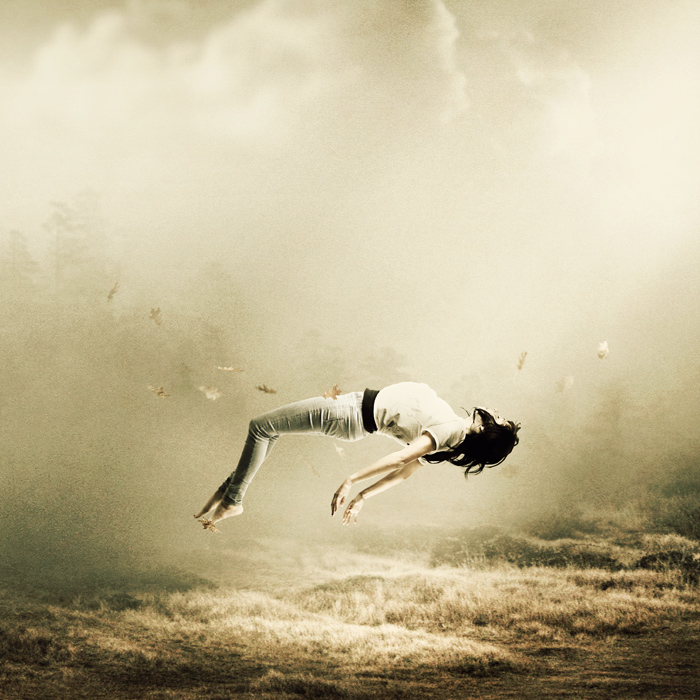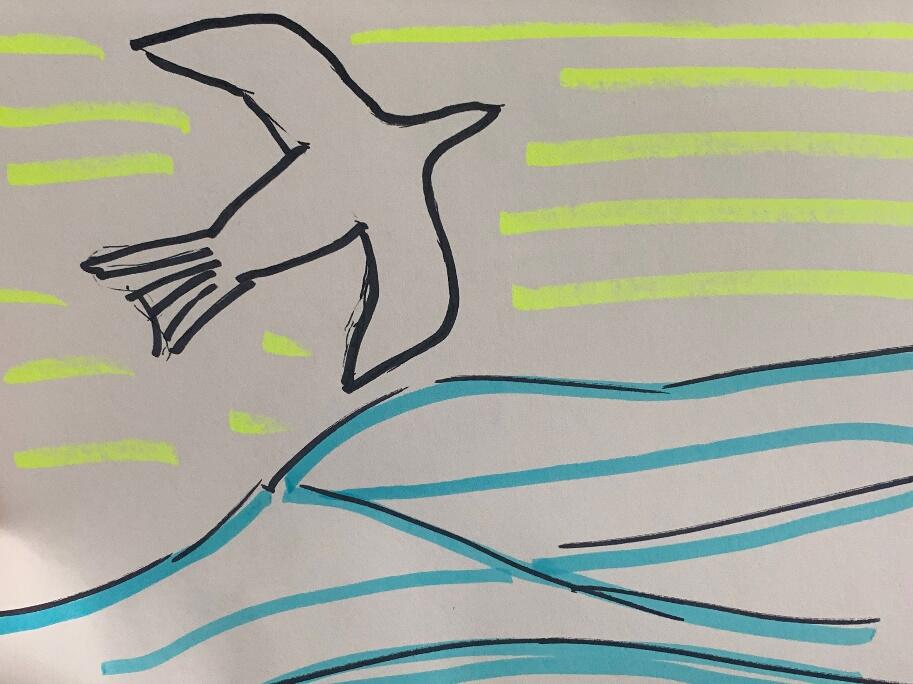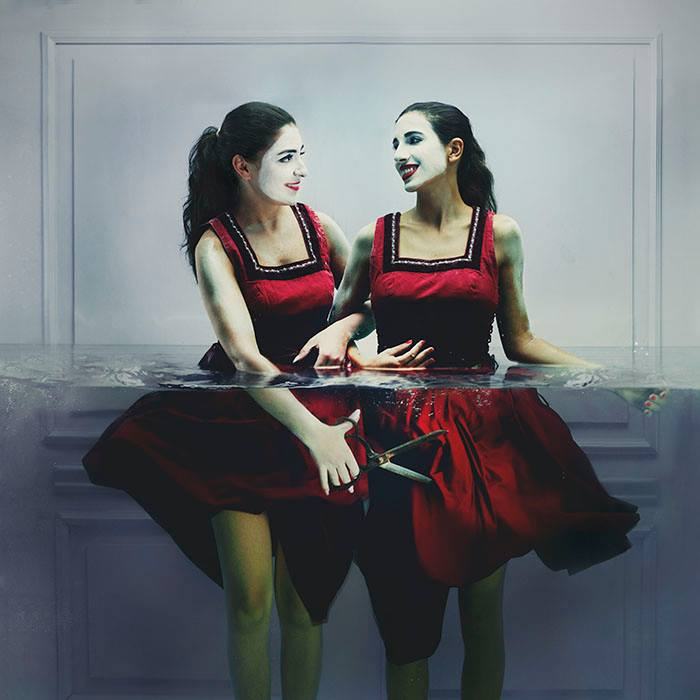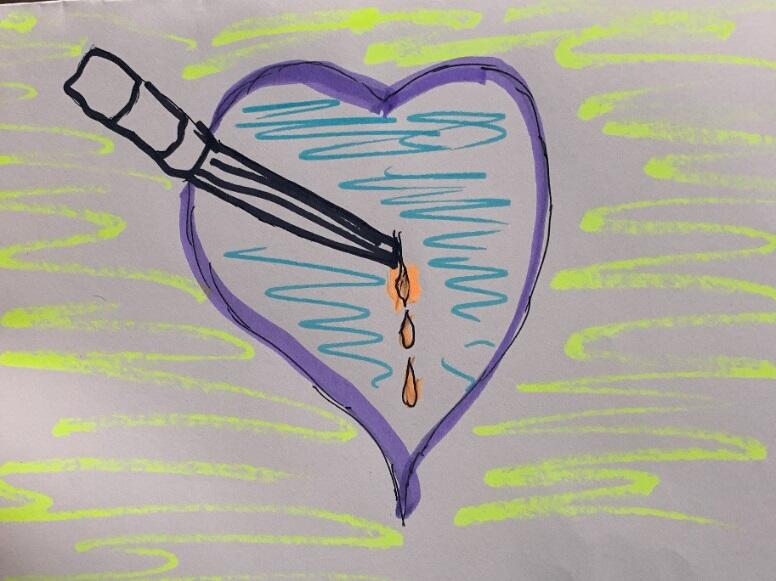“Close” by Martin Stranka
The process of art creation is complicated due to the search for exciting ideas for a message an artist can convey. The present works of well-known photographers inspire other people to create pieces of art to show their perception of the original idea. Philosophical concepts are the most popular ones among the artists, who put their messages into photographs and other pieces of art to make the viewers reflect on the ideas.
Inspiration Piece

My inspiration comes from the photograph of a Czech photographer Martin Stranka named “Close” created in 2010 (Martin Stranka, 2010). The background idea of his works is to depict scenes between dreams and reality. In the center of this picture, a viewer sees a girl hanging in the air. The ground and the sky represent the two extremes, and she would finally have to come to one of them. Her suspended state cannot last forever, but it is still unclear if she has a chance to fly away or is doomed to fall. The moment of uncertainty is one of the main themes in Martin’s photographs, and one can see it in this photograph as well.
My Art Piece

Martin Stranka’s piece of art inspired me to create a picture named “Freedom.” In the photo, one can see a seagull flying over the sea. It represents the unknown as viewers do not know yet, whether the seagull would keep flying in search of land or fall. The result is impossible to predict as all they can see is just one moment. In the same way, people never know what the consequences of their actions would be. They can only guess what would happen next and see if their predictions are accurate.
Connection
The Martin’s photograph has a thematic connection to my picture in the way it conveys its message to a viewer. As photography “is usually interpreted through a philosophical framework” (Rubinstein, 2019, p.15), both pictures represent a philosophical concept of choice between the two extremes that happens sooner or later. Both the girl and the seagull are in the middle of a process, the result of which is unpredictable.
Even though their circumstances are different, the message remains the same: either fly or fall. The medium of the two pieces of art differ, and it creates the diversity of impressions one can get after viewing them. Some of the formal elements are similar, e.g., the lines of the ground or the sea and the sky above the girl and the seagull. This similarity contributes to a better understanding of the philosophical concept by viewers.
Conclusion
After viewing the two pieces of art, one can get a sense of the described philosophical concept. Therefore, photography can serve a better understanding of philosophy. The search for ideas based on these concepts and their implementation in the form of photographs is a broad topic for discussion. It creates the scope of opportunities for photographers and their viewers to explore the world around them and understand the principal laws of human life.
“Frenemies” by Lara Zankoul
In all forms of art, there are numerous discoveries and insights leading and motivating their authors to present the already existing phenomena from a different perspective. Whether it is a film or a photograph – their creators need a source of inspiration to convey their emotions and the perception of a specific scene or object they depict. The inspiration comes from existing pieces of art and provides the artist with new ideas.
Inspiration Piece

The piece of art that inspired me was a photograph of the Lebanese photographer Lara Zankoul. Its name is “Frenemies,” and it is a part of her surreal series The Unseen created in 2013 (The world beyond what the naked eye can see by Lara Zankoul photography, 2014). The background idea of the project is in the duality of people. It is vital to understand the parts of a human, both hidden under the water and shown to others, to get a real picture of what he or she is. In this photograph, Lara expressed the idea that people tend to hide their real intentions towards one another.
My Art Piece

The name of the picture I created is “Betrayal,” and it depicts a giant heart stabbed with a knife. This picture represents the neglect of human feelings while being in communication. Personal goals are of higher priority in contrast to quality time with loved ones. People tend to spend more time and energy to get some material goods instead of building strong relations with their friends and families. In other words, they ‘betray’ the moral values for short-term benefits and their elusive perception of a person’s success.
Connection
Lara’s photograph and my picture have similarities, not in the form, but in the conveyed meaning. Both images represent the problems of modern society connected to the duality of people. Instead of showing the true self, they tend to think of ambitious goals and create an image that can be beneficial. Even though the pictures represent entirely different things, they share a common message.
The connecting element is the color of dresses on the photograph and its meaning. Since colors are “one of the most important constituent elements in the composition of photographic creation” (Wu, Liu, Chou, & Yao, 2019, p.15), red represents the emotional sphere of life. The heart in the picture is also a distinct marker of emotions. The medium and formal elements of the two pieces of art are different. The bright colors of Lara’s photographs convey a stronger message than the picture of the heart, and its lines and forms are more complex and vague.
Conclusion
The photograph of Lara and the created picture are examples of how artists can convey a similar message with different metaphors. The difference in depicted objects contributes to a fuller understanding of the main theme. The choice of formal elements of design has no impact on the quality of the message conveyed but helps a viewer to see a bigger picture of the moral values in photography.
References
Martin Stranka (2010). Web.
Rubinstein, D. (2019). Photography after Philosophy. In: The Handbook of Photography Studies. London, UK: Bloomsbury Visual Arts.
The world beyond what the naked eye can see by Lara Zankoul photography. (2014). Web.
Wu, S. H., Liu, M. Y., Chou, C. J., & Yao, K. S. (2019). Analysis of the Performance Skills of Color Language in Digital Photography Aesthetics. 修 平 學 報 特 刊, 15.